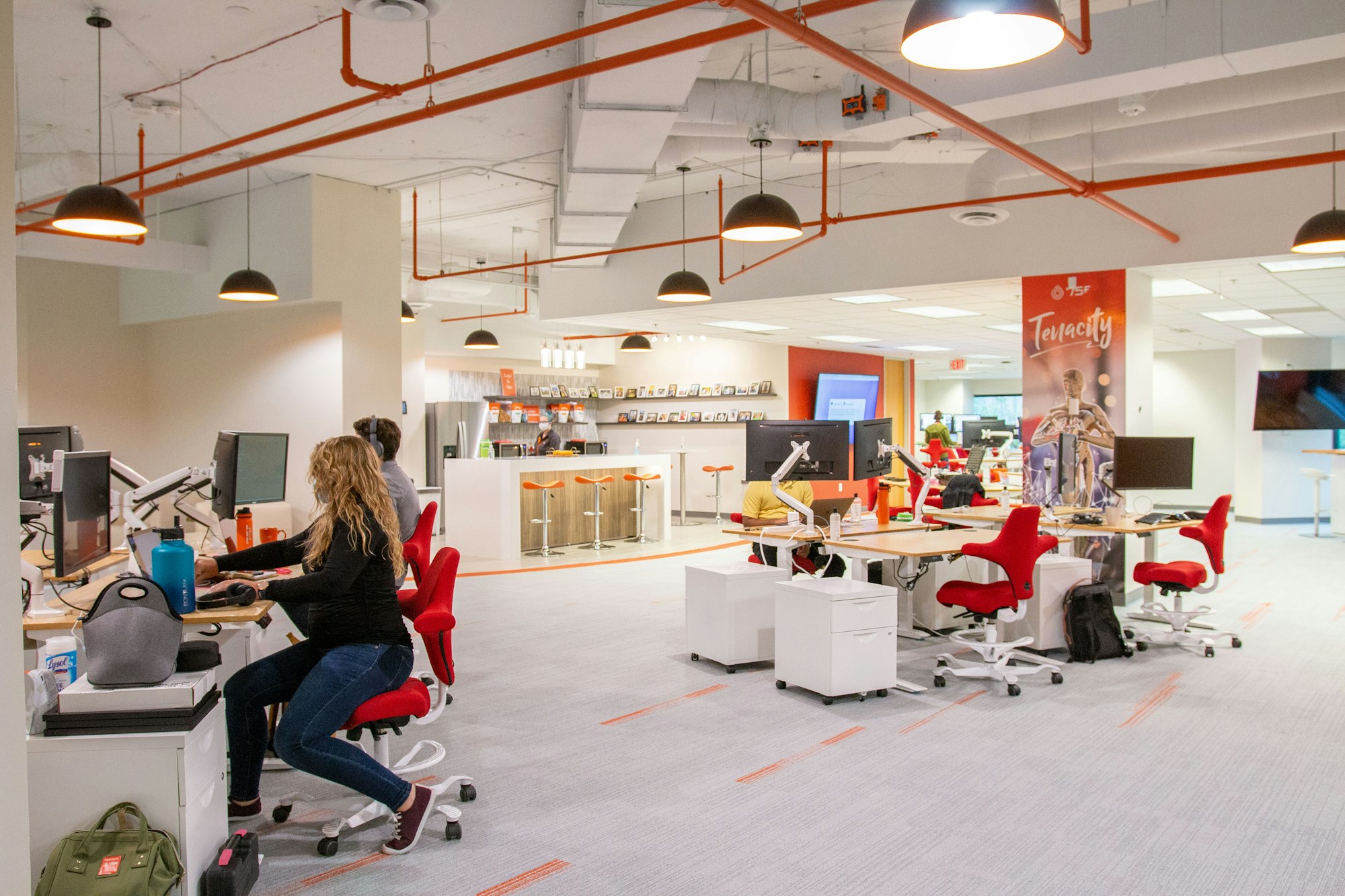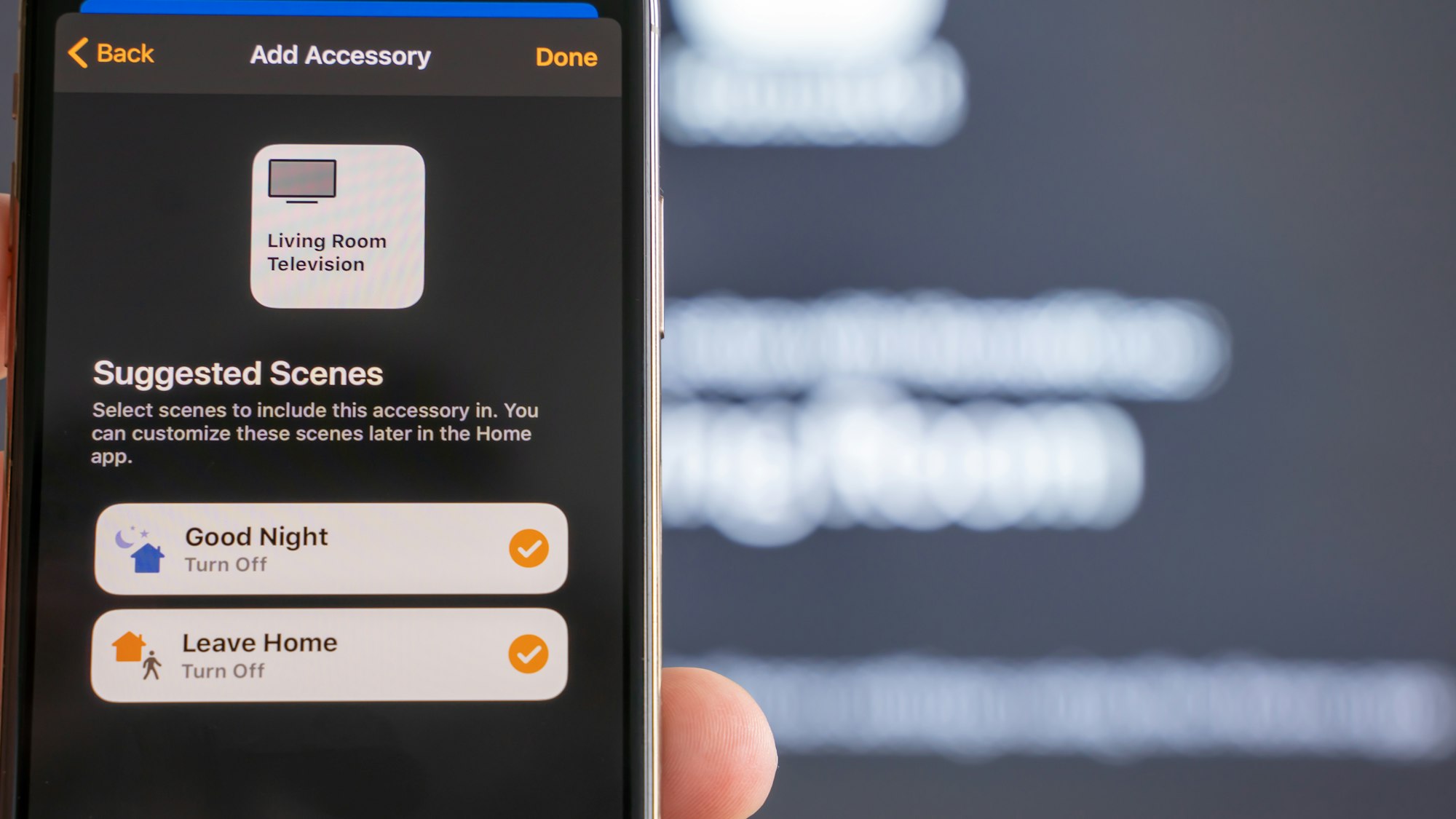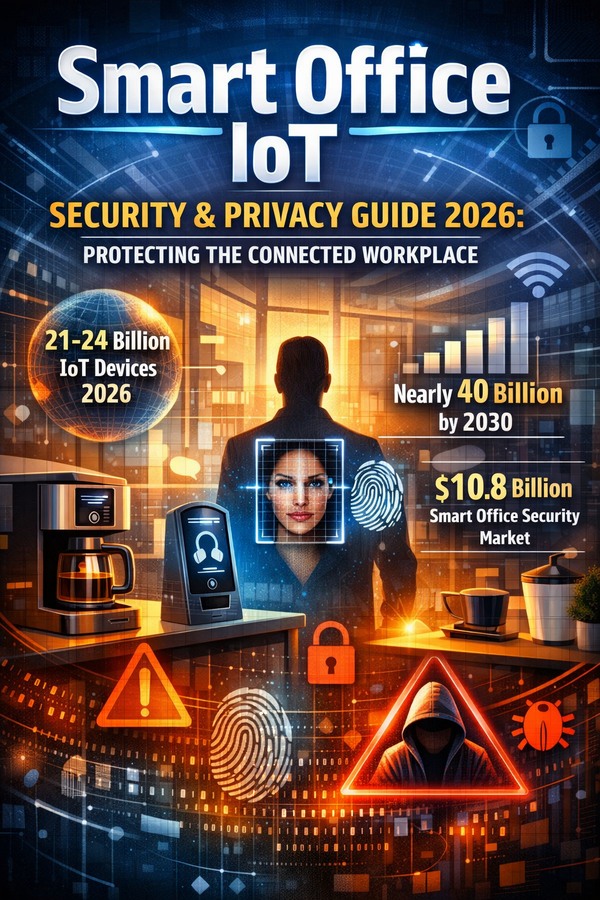2025 Cyber Attacks on US Cities: A Wake-Up Call for Smart Office Security

SThe year 2025 has witnessed an alarming surge in cyber attacks targeting US cities and counties, with ransomware incidents increasing by 150% compared to the previous year. As we integrate more smart technologies into our office environments, these attacks serve as a sobering reminder of the vulnerabilities that exist in our increasingly connected infrastructure. From major metropolitan areas to small county governments, no entity appears immune to the growing threat of cybercrime.

The Devastating Reality: Cities Under Siege
Texas Takes Multiple Hits
Texas has emerged as a frequent target in 2025, with several municipalities falling victim to sophisticated cyber attacks. The City of Abilene experienced one of the most documented attacks when foreign actors compromised their systems on April 18, 2025. The ransomware attack encrypted and deleted data from city servers, with hackers stealing an estimated 477 gigabytes of sensitive information—equivalent to roughly 238.5 million pages of documents or 6.4 million emails.
The attackers demanded ransom payment by May 27, 2025, but city officials made the commendable decision to refuse payment. As Troy Swanson, Abilene's Director of Information Technology, explained, "They encrypted data and deleted data off our servers." The city's response demonstrates the importance of having robust backup systems and cyber insurance, which proved crucial in their recovery efforts.
Mission, Texas, faced an equally severe situation when a cyber attack exposed all data held on city systems. The breach was so comprehensive that police officers lost the ability to run license plates and driver's licenses through state databases, forcing the city to declare a state of emergency.

Midwest Counties Struggle with Extended Outages
The Midwest has seen particularly impactful attacks, with several counties experiencing prolonged system outages that have disrupted essential services for weeks or months.
Iowa County, Wisconsin, detected suspicious activity on April 28, 2025, which was later confirmed as a ransomware attack. The malicious actors intentionally deleted a significant portion of the county's network, including backup systems. This attack has had far-reaching consequences, particularly for real estate transactions. Property closings have been halted because the attack eliminated access to titles and land records, leaving buyers and sellers in limbo with significant financial implications.
DuPage County, Illinois, suffered a ransomware attack on April 28, 2025, affecting the sheriff's office, circuit court, and court clerk's office. While court operations continued in person, the attack forced officials to revert to paper-based processes and canceled administrative functions like chancery sales.

Ohio's Judicial System Targeted
Cleveland, Ohio, experienced a particularly brazen attack when its Municipal Court was targeted on February 22, 2025. The court remained closed for over two weeks, with hackers demanding a $4 million ransom and threatening to release thousands of stolen documents containing sensitive information. The attack disrupted trials, court operations, and public access to judicial services, highlighting the vulnerability of critical government infrastructure.
Understanding the Threat Landscape
The Players Behind the Attacks
The 2025 cyber attack landscape is dominated by several key ransomware groups. CL0P and Akira have emerged as the most active groups targeting US entities, replacing previously dominant groups like LockBit and RansomHub. These groups operate sophisticated ransomware-as-a-service models, making it easier for cybercriminals to launch attacks against vulnerable targets.
State-sponsored actors continue to pose significant threats, with groups from Russia, China, and Iran actively targeting US infrastructure. The attacks often combine financial motivation with geopolitical objectives, making them particularly dangerous and persistent.
Why Local Governments Are Prime Targets
Local governments present attractive targets for cybercriminals due to several factors:
- Limited Security Budgets: Many municipalities lack the resources to implement comprehensive cybersecurity measures
- Less Mature Security Programs: Smaller governments often have outdated security protocols and insufficient staff training
- Valuable Data Holdings: Cities and counties maintain extensive databases of personal information, financial records, and sensitive government data
- Critical Service Dependencies: Disrupting government services can pressure officials into paying ransoms quickly
As cybersecurity expert Douglas McKee notes, "Local governments are often treated the same as small and midsize businesses (SMBs) by threat actors. SMBs are facing a surge in ransomware, business email compromise, and cloud-based attacks."
The Smart Office Connection
Lessons for Modern Workplaces
The cyber attacks on US cities offer critical insights for smart office environments. As offices become increasingly connected through IoT devices, cloud services, and integrated systems, they face similar vulnerabilities to those exploited in municipal attacks.
Network Segmentation: Many successful attacks spread rapidly through interconnected systems. Smart offices must implement proper network segmentation to contain potential breaches.
Backup and Recovery: The Iowa County attack, which destroyed both primary data and backups, underscores the importance of having multiple, isolated backup systems and tested recovery procedures.
Human Factor: Despite technological advances, human error remains a major vulnerability. Regular cybersecurity training and awareness programs are essential for all staff members.
IoT and Smart Device Security
Smart offices rely heavily on connected devices—from security cameras and access control systems to environmental sensors and collaboration tools. The rise in attacks targeting IoT devices, as evidenced by botnets compromising security cameras and network video recorders, highlights the need for:
- Regular firmware updates for all connected devices
- Strong authentication protocols
- Network monitoring for unusual device behavior
- Isolated networks for IoT devices
Defensive Strategies and Best Practices
Immediate Actions for Smart Offices
- Implement Zero Trust Architecture: Assume no device or user is trustworthy by default
- Multi-Factor Authentication: Require additional verification beyond passwords
- Regular Security Assessments: Conduct periodic vulnerability assessments and penetration testing
- Incident Response Planning: Develop and regularly test comprehensive response procedures
- Employee Training: Maintain ongoing cybersecurity awareness programs
Advanced Protection Measures
Modern smart offices should consider implementing:
- AI-Enhanced Threat Detection: Use machine learning to identify unusual network behavior
- Endpoint Detection and Response (EDR): Monitor and respond to threats on individual devices
- Cloud Security Posture Management: Ensure cloud configurations meet security standards
- Cyber Insurance: Protect against financial losses from successful attacks
The Financial and Operational Impact
The 2025 attacks have resulted in significant costs beyond ransom payments. Cleveland's extended court closure disrupted thousands of legal proceedings. Iowa County's real estate market remains paralyzed, affecting property transactions worth millions of dollars. Abilene invested heavily in completely rebuilding its network infrastructure, including replacing all servers, storage systems, and end-user devices.
For smart offices, similar attacks could result in:
- Extended business disruptions
- Loss of intellectual property
- Regulatory compliance violations
- Damage to customer trust and reputation
- Significant recovery and remediation costs
Looking Ahead: Preparing for Future Threats
Emerging Threat Vectors
Cybersecurity experts predict that 2025 will see increased targeting of:
- Cloud-based collaboration platforms
- Supply chain vulnerabilities
- AI and machine learning systems
- 5G-connected devices and networks
Building Resilience
The most successful organizations in defending against cyber attacks share common characteristics:
- Proactive Security Culture: Security is everyone's responsibility, not just the IT department
- Continuous Monitoring: Real-time visibility into network activity and potential threats
- Regular Updates and Patching: Systematic approach to keeping all systems current
- Vendor Risk Management: Careful evaluation and monitoring of third-party service providers
Conclusion: The Time to Act is Now
The 2025 cyber attacks on US cities serve as a stark reminder that no organization is too small or too secure to be targeted. As smart offices continue to evolve and become more connected, the lessons learned from these municipal breaches become increasingly relevant.
The key takeaway is not to avoid technology but to implement it securely. The cities that recovered most quickly from attacks were those with robust backup systems, comprehensive incident response plans, and strong cybersecurity cultures. By learning from their experiences and implementing proactive security measures, smart offices can protect themselves while still leveraging the benefits of connected technologies.
The question is not whether your organization will be targeted—it's whether you'll be prepared when it happens. The time to strengthen your cybersecurity posture is now, before you become the next headline in the growing list of successful cyber attacks.
This analysis is based on verified cyber incidents reported throughout 2025. Organizations should consult with cybersecurity professionals to develop comprehensive protection strategies tailored to their specific environments and risk profiles.








